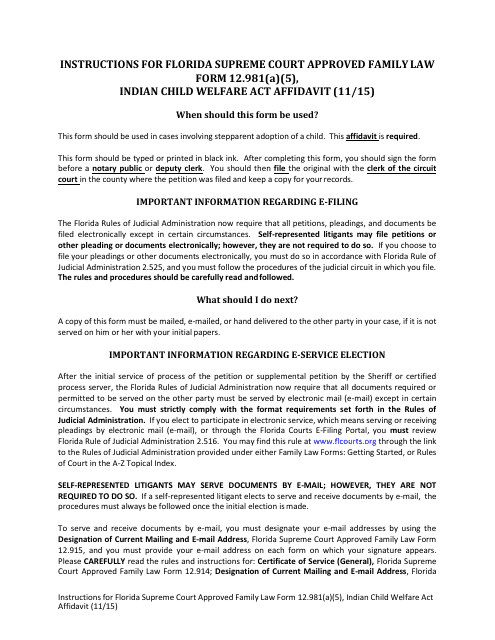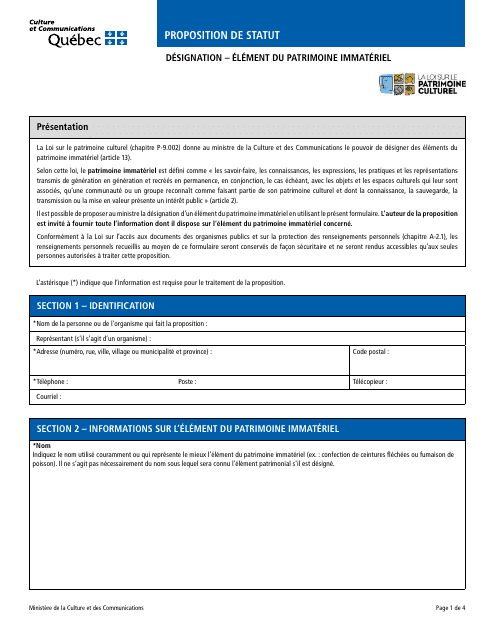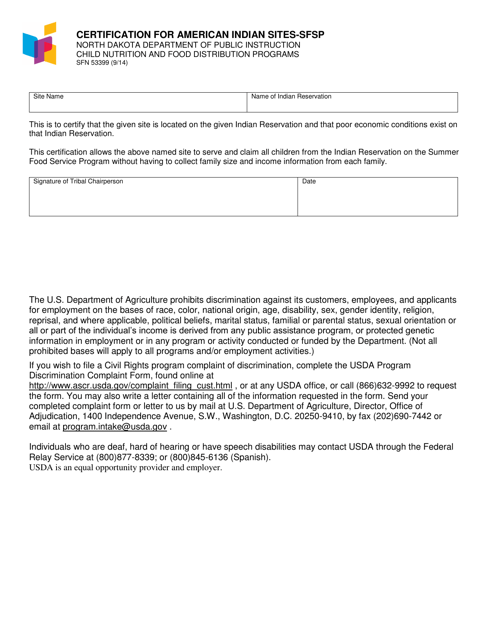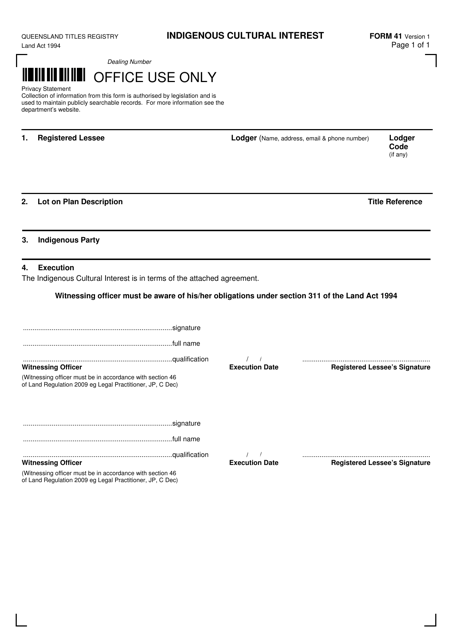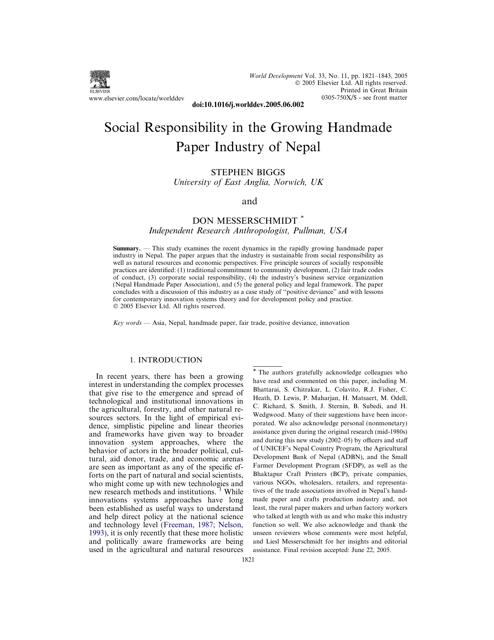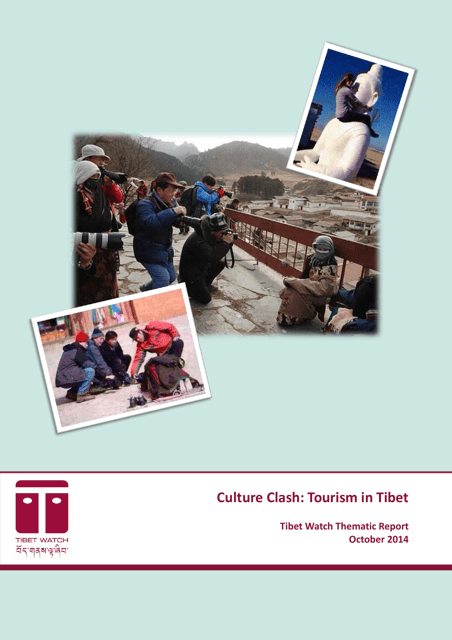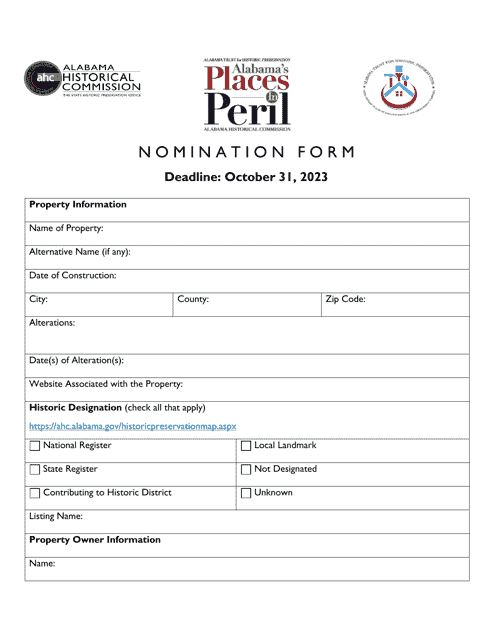Cultural Preservation Templates
Cultural Preservation: Celebrating and Safeguarding Our Rich Heritage
Preserving our cultural heritage is vital for maintaining a sense of identity, fostering community pride, and ensuring the transmission of traditions to future generations. Our diverse and vibrant communities are home to a wealth of cultural practices, historical landmarks, and unique expressions of art and craftsmanship. Through various initiatives and government support, cultural preservation efforts aim to protect and promote these invaluable assets.
At the heart of cultural preservation, community tourism plays a pivotal role in immersing visitors into the essence of a place and its people. Through the Community Tourism and Cultural Industries Application Form in Nunavut, Canada, local communities can showcase their customs, traditions, and artistic creations to tourists, fostering a deeper understanding and appreciation of their cultural heritage.
Recognition of intangible cultural heritage is another important aspect of cultural preservation. The Designation - Element Du Patrimoine Immateriel, known as the Intangible Cultural Heritage Designation, in Quebec, Canada, acknowledges and enhances the value of cultural practices that are transmitted through generations. This designation ensures the safeguarding of intangible heritage, such as traditional music, dance, and oral traditions, promoting their preservation and transmission.
However, the interaction between tourism and cultural preservation is a complex issue, as highlighted in the Thematic Report by Tibet Watch on Culture Clash: Tourism in Tibet. The report raises awareness about the challenges faced by Tibetan communities in balancing the economic benefits of tourism with the need to protect and preserve their unique cultural identity.
Moreover, cultural preservation efforts must also align with principles of consultation and collaboration with indigenous communities. An Affirmation of Tribal Consultation, as witnessed in Wyoming, demonstrates a commitment to engaging and involving tribal nations in decision-making processes that impact their cultural heritage. Similarly, in Kansas, the Foster Care Initial Service Plan, represented by the Form PPS3031, addresses the vital cultural considerations in providing support and care for indigenous youth entering the foster care system.
Cultural preservation, also referred to as heritage conservation or cultural heritage protection, encompasses various initiatives, regulations, and collaborations aimed at safeguarding our cultural legacies for future generations. Through community tourism, intangible cultural heritage designations, awareness reports, and inclusive consultation processes, we can strive to preserve and celebrate the diverse cultural tapestry that defines us as a nation. Let us work together to cherish and protect our cultural heritage, ensuring its continuity for years to come.
Documents:
11
This form is used for submitting an Indian Child Welfare Act Affidavit in Florida. It is required in cases involving the welfare and custody of Native American children.
This form is used for applying to participate in community tourism and cultural industries in Nunavut, Canada.
This document confirms the legal recognition and designation of an element of intangible cultural heritage in Quebec, Canada. It represents an official acknowledgment and protection of a particular cultural practice, tradition, or expression.
This document provides a supplement for historic buildings in South Carolina. It includes relevant information and guidelines for the preservation and restoration of these structures.
This form is used for certification of American Indian sites in North Dakota.
This form is used for documenting and identifying Indigenous cultural interest in Queensland, Australia. It helps to acknowledge and protect the cultural heritage of Indigenous communities in the region.
This document explores the concept of social responsibility in the growing handmade paper industry of Nepal. It discusses the importance of ethical practices and the impact on local communities and the environment.
This document provides a thematic report on the cultural clash between tourism and the local culture in Tibet. It explores the impact of tourism on Tibetan traditions and heritage.
This document affirms the importance of consulting with tribal nations in Wyoming on matters that may impact their communities and sovereignty.
This form is used for nominating places in Alabama that are at risk or endangered.

